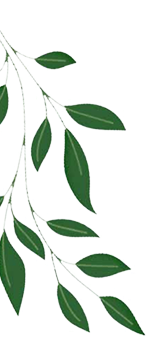Gardeners Maryland: Cultivating Green Spaces Across the State
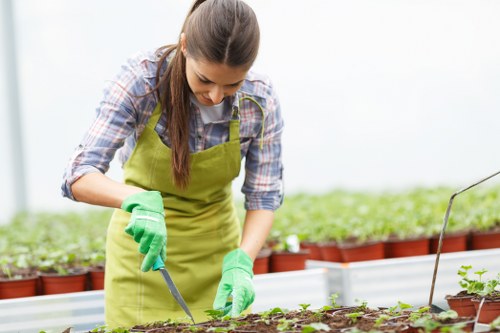
Maryland, known for its diverse landscapes and temperate climate, offers a wonderful environment for both amateur and professional gardeners. From the coastal plains to the rolling hills of the Piedmont, the state's varied regions provide unique opportunities for cultivating a wide range of plants.
Whether you're interested in ornamental gardening, vegetable patches, or sustainable practices, Maryland gardeners have access to a wealth of resources and community support. Understanding the local climate, soil types, and native plants is crucial for creating thriving gardens.
Community gardens and local gardening clubs are popular in Maryland, fostering a sense of camaraderie among gardening enthusiasts. These groups often host workshops, plant exchanges, and collective projects that benefit the wider community.
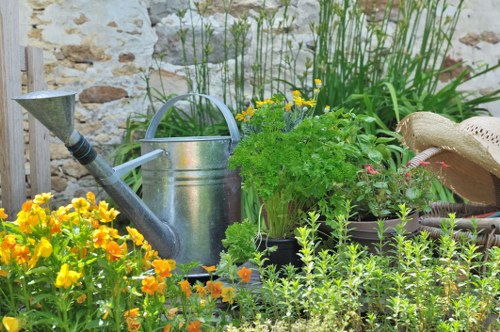
Climate and Growing Seasons in Maryland
Maryland's climate varies from the humid subtropical conditions in the coastal areas to the more continental climate inland. This diversity affects the growing seasons and the types of plants that thrive in different parts of the state.
In general, Maryland experiences four distinct seasons, with spring and fall being ideal for planting and harvesting. Summer can bring intense heat and humidity, which gardeners must manage through proper watering and shade strategies.
Winter poses challenges with cold temperatures and potential frost, so selecting cold-hardy plants and utilizing protective measures like mulching can help gardens survive the harsh months.
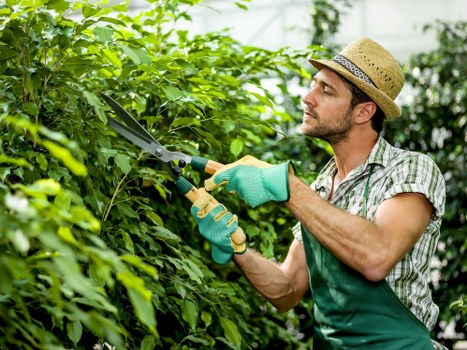
Soil Types and Preparation
The soil in Maryland varies significantly across regions. Coastal areas tend to have sandy soils, while inland regions may have clay or loamy soils. Understanding your soil type is essential for successful gardening.
Soil testing is recommended to determine pH levels and nutrient content. Based on the results, gardeners can amend the soil with organic matter, fertilizers, or lime to create optimal growing conditions.
Proper soil preparation includes tilling, removing weeds, and ensuring good drainage. Healthy soil is the foundation of a productive garden, supporting robust plant growth and resilience against pests and diseases.
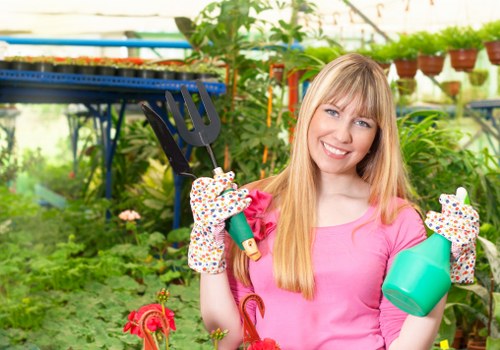
Native Plants and Sustainable Gardening
Incorporating native plants into your Maryland garden can enhance biodiversity and reduce maintenance. Native species are well-adapted to the local climate and soil, requiring less water and fewer fertilizers.
Sustainable gardening practices, such as composting, rainwater harvesting, and using natural pest control methods, contribute to environmental stewardship. These practices not only benefit the garden but also support the larger ecosystem.
Creating habitats for pollinators like bees and butterflies is another important aspect of sustainable gardening. Planting a variety of flowers and providing water sources can encourage these beneficial insects to thrive.
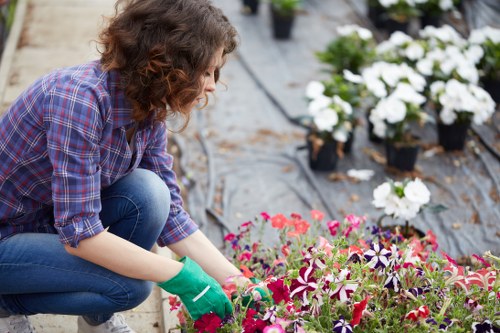
Gardening Resources and Communities in Maryland
Maryland offers numerous resources for gardeners, including state extension services, botanical gardens, and educational programs. These resources provide valuable information on best practices, plant selection, and problem-solving.
Joining local gardening clubs or online forums can connect you with fellow gardeners, fostering a supportive community where you can share tips and experiences.
Attending workshops and garden tours can inspire new ideas and keep you informed about the latest trends in gardening. Whether you're a beginner or an experienced gardener, there's always something new to learn in Maryland's vibrant gardening scene.
Conclusion
Gardening in Maryland is a rewarding endeavor, offering opportunities to create beautiful and sustainable green spaces. By understanding the local climate, preparing the soil, and embracing native plants, gardeners can cultivate thriving gardens that enhance their surroundings and contribute to the community.
Frequently Asked Questions
- What are the best plants for Maryland gardens?
Native plants such as Black-eyed Susan, Coneflower, and Daylilies thrive in Maryland's climate. Additionally, vegetables like tomatoes, peppers, and lettuce are popular choices for home gardens.
- When is the best time to plant in Maryland?
The best times to plant in Maryland are during the spring after the last frost and in the early fall. These seasons provide optimal temperatures and conditions for plant growth.
- How can I improve my soil quality?
Improving soil quality can be achieved by adding organic matter like compost, using fertilizers based on soil test results, and practicing crop rotation to maintain nutrient balance.
- Are there local gardening clubs in Maryland?
Yes, Maryland has numerous gardening clubs and societies that offer resources, workshops, and community events for gardening enthusiasts.
- How do I attract pollinators to my garden?
Planting a variety of flowers, providing water sources, and avoiding pesticides can attract and support pollinators like bees and butterflies in your garden.
